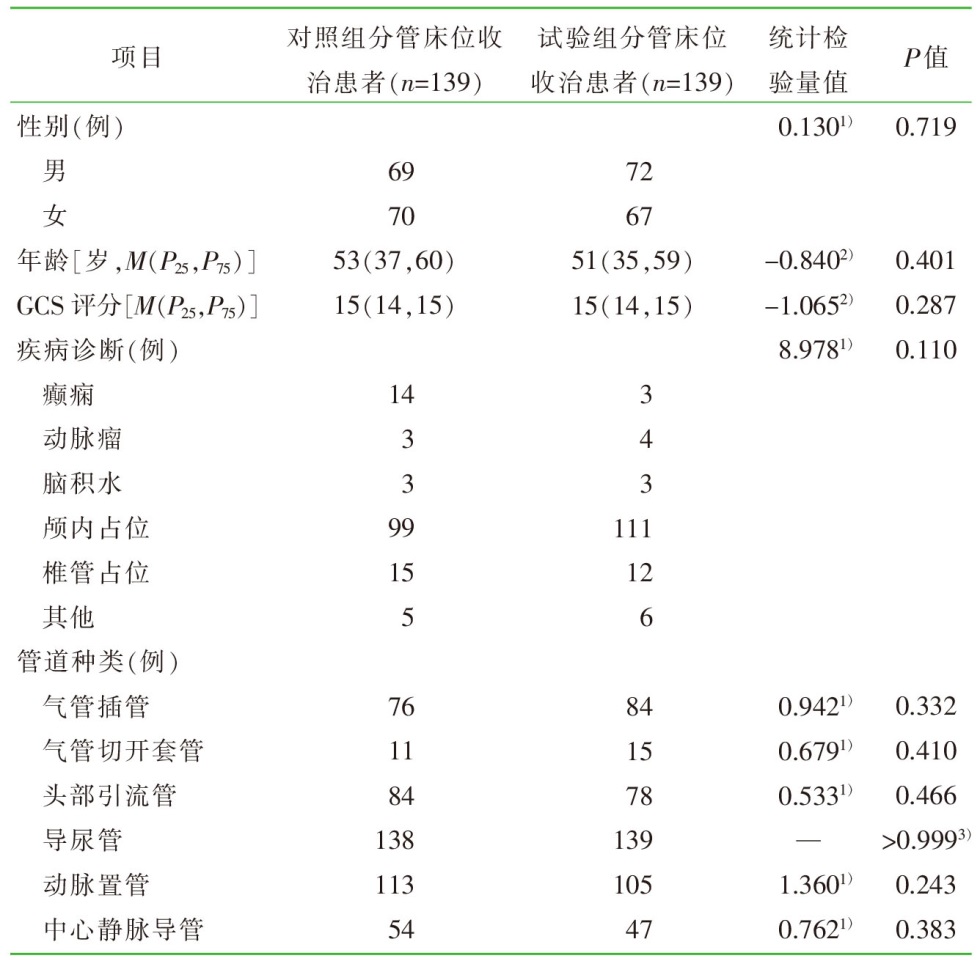| [1] |
LI Hao, XU Yulin, LIN Hongzhen, REN Ting, LI Chunpeng, JIANG Qiuhuan, LI Liming, WEI Xiaojing, JING Mengjuan.
Establishment of a nutrition support specialty nurse position in the ICU and its impact on nutritional management of critically ill patients
[J]. Chinese Journal of Nursing Education, 2025, 22(6): 712-717.
|
| [2] |
YU Xiaofen, DING Xiaoyan, CAI Minyi, SHEN Feiyan.
Application of surgical nursing scene segmentation video combined with reflection method in the training of newly recruited nurses
[J]. Chinese Journal of Nursing Education, 2025, 22(6): 705-711.
|
| [3] |
WANG Qiuting, LIN Meizhen, WEI Lin, LIN Lijun, LIN Jingxia, LIU Yang-chen, LIU Zhuyun.
Investigation and research on the current situation and related factors of the transfer of traditional Chinese medicine specialty nurse training
[J]. Chinese Journal of Nursing Education, 2025, 22(6): 718-724.
|
| [4] |
MOU Baohua, LENG Jiali, QIAN Xin, WANG Zhenyu, XU Zheng.
Experience and enlightenment of the training workshop of Nordic critical care simulation facilitator
[J]. Chinese Journal of Nursing Education, 2025, 22(6): 764-769.
|
| [5] |
WANG Jianjing, LI Huiling, XIE Hongzhen, JIANG Mengwei, FAN Xiaoqi, LIU Yilan, XIONG Chi, YU Ruiying.
Development of a humanistic practice competency training program for nurses
[J]. Chinese Journal of Nursing Education, 2025, 22(5): 522-528.
|
| [6] |
QIAN Fang, BI Dongjun, SHI Huanhuan, YAO Danyang, CHEN Qiao.
Nurses’ competence and service quality in community and home-based palliative care:a scoping review
[J]. Chinese Journal of Nursing Education, 2025, 22(5): 636-641.
|
| [7] |
LIN Wenqiong, ZHANG Panpan, LI Songyao, LI Yaru, FANG Ziru, ZHANG Hongmei.
The mediating effect of job crafting on the relationship between work environment and training transfer of stroke specialty nurses
[J]. Chinese Journal of Nursing Education, 2025, 22(5): 580-584.
|
| [8] |
GUO Chunling, XIAO Qi, LIU Weiquan, LI Miqi, YU Mingfeng, LIU Yu, XIONG Jie.
Evaluation of teaching service quality in clinical practice training bases by critical care specialty nurses
[J]. Chinese Journal of Nursing Education, 2025, 22(5): 592-597.
|
| [9] |
ZHANG Yunping, XU Lu, LIU Li, XU Bingzhong, ZHANG Yuling, XIA Liping.
Practical exploration of the whole life cycle health nursing virtual simulation training base construction
[J]. Chinese Journal of Nursing Education, 2025, 22(4): 458-463.
|
| [10] |
LIU Jingbang, XIA Yeru, WANG Li, WU Lili, GONG Xiaoyan, CAO Qinli, MAO Xiawen, ZHUANG Yiyu.
Study on the effects of generative artificial intelligence in ICU novice simulation instructor case design training
[J]. Chinese Journal of Nursing Education, 2025, 22(3): 272-277.
|
| [11] |
CHEN Siyuan, BAO Anzhu, XIE Caixia, LIU Wanlin.
Construction and effect analysis of a modular training program for robot-assisted surgical nursing coordination
[J]. Chinese Journal of Nursing Education, 2025, 22(3): 313-320.
|
| [12] |
LIU Yu, ZHOU Zhihuan, LIU Qianwen, QIN Huiying.
Study on the status quo and influencing factors of oncological nurse practice of oncology specialty nurses
[J]. Chinese Journal of Nursing Education, 2025, 22(3): 321-328.
|
| [13] |
CHEN Yun, YANG Yang, GU Haiyan, FAN Benfang, CUI Baihong, WANG Lihua.
Application of loose-leaf textbooks in the training of newly recruited nurses
[J]. Chinese Journal of Nursing Education, 2025, 22(2): 133-139.
|
| [14] |
ZHANG Yujiao, YUAN Jing, NING Yunfeng, WANG Weina, YING Jinping, WANG Jingyi.
Development of a training program for newly recruited nurses in blood purification centers based on job competency
[J]. Chinese Journal of Nursing Education, 2025, 22(2): 146-152.
|
| [15] |
WANG Lüya, LIU Fan, HUANG Shuqi, LU Zhe.
Practice of standardized training for new nurses in stomatological hospitals
[J]. Chinese Journal of Nursing Education, 2025, 22(2): 153-157.
|




